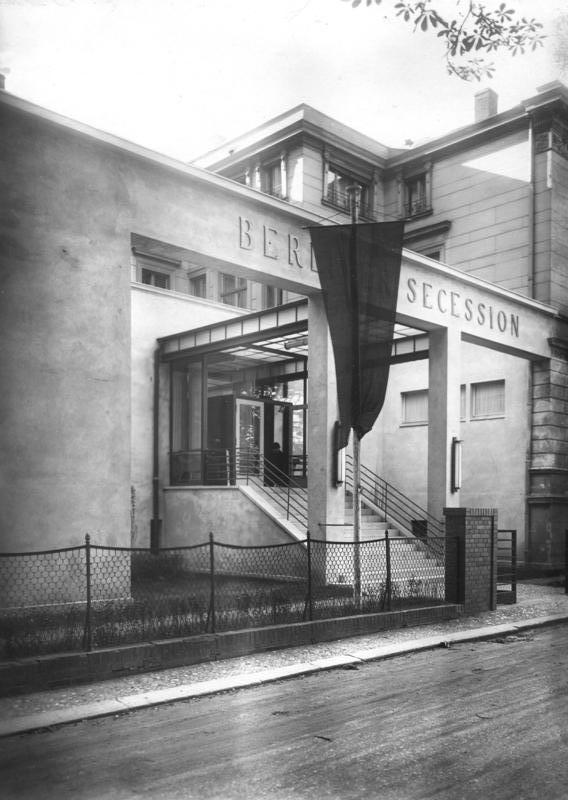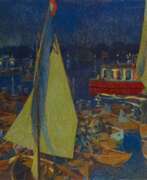Berlin Secession

Berlin Secession
The Berlin Secession — from Latin secessio (separation, isolation) — established in Germany on May 2, 1898, represents a pivotal moment in modern art history. This movement, formed as a counter-response to the restrictive artistic standards of Kaiser Wilhelm II and the Association of Berlin Artists, marked a significant departure from conventional and neoclassical aesthetics prevalent at the time. It was driven by a collective of 65 artists who sought to demonstrate against the prevailing norms of academic or government-endorsed art.
At its core, the Berlin Secession was influenced by various artistic styles and movements, including French Impressionism, Pointillism, and Symbolism. This amalgamation of influences led to a unique artistic style that was inherently German, distancing itself from French Naturalism and gravitating towards German Idealism. This shift reflected a growing interest in defining a cultural identity through art, diverging from perception-based painting to conceptual art that drew inspiration from internal thoughts and ideas.
Prominent members of the Berlin Secession included Max Liebermann, Walter Leistikow, Lovis Corinth, and Edvard Munch, among others. The movement was notable for showcasing a wide array of artistic expressions, from German Modernism and Impressionism to the more avant-garde styles of Expressionism.
However, the Berlin Secession was not without its conflicts and splits. As the movement progressed, internal debates arose, particularly with the advent of Expressionism. This led to the formation of splinter groups like the New Secession, reflecting the evolving landscape of modern art in Germany. Despite these tensions, the Berlin Secession played a crucial role in bridging the gap between traditional neoclassicism and new artistic movements, paving the way for modern art's rapid advancement in Europe.
For art collectors and experts, the Berlin Secession offers a fascinating study in the evolution of modern art, embodying a period of intense artistic exploration and rebellion against established norms. Its impact on the art world continues to be felt, underscoring the importance of artistic freedom and innovation.
To stay updated on the Berlin Secession and related art movements, collectors and enthusiasts are encouraged to subscribe for updates on new product sales and auction events pertaining to this influential art movement.
| Country: | Germany |
|---|---|
| Start of the period: | 1898 |
| End of the period: | 1933 |


